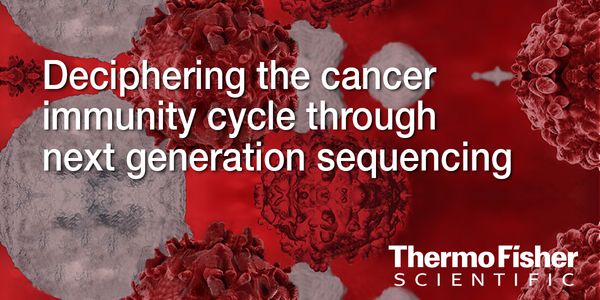Mathematical Oncology
Mathematical oncology describes a field of science with merges principles and techniques from mathematics, modeling, and simulation to study cancer. Many techniques are used in mathematical oncology, including engineering, physics, and computational science. While mathematical oncology is not a new concept, it has recently received more focus for its involvement in developing new tools to analyze and understand big datasets resulting from genomic sequencing advances.
-
In the United States, prostate cancer (PCa) is the second-leading cause of cancer death in men. Multiple observations indicate the link between prostate carcinogenesis, stress of endoplasmi...
Comprehensive genomic profiling (CGP) is advancing precision oncology research through simultaneous analysis of multiple biomarkers in a single next-generation sequencing (NGS) assay. In thi...
APR 20, 2021 | 5:00 PM
Date: April 20, 2021 Time: 8:00am (PDT), 11:00am (EDT), 5:00pm (CEST) Spatial Answers on Oncology - Professor Joan Seoane Prof. Joan Seoane, Group Leader and Director of the Translational Re...
Speaker:
Noel De Miranda
, Vasilis Stavrinides, MD
Sponsored By: NanoString Technologies,
Illumina
OCT 29, 2020 | 6:00 AM
Date: October 29, 2020 Time: 6:00am (PDT), 9:00am (EDT), Chronic inflammation can occur as a result of a combination of genetic predispositions and environmental factors. Epigenetic modifica...
Speaker:
Thomas Ayers, Ph.D.
, Pawel Zajac, Ph.D.
, Dr. Adam Cribbs
Sponsored By: Illumina,
Dolomite Bio
Single-cell mass cytometry identifies mechanisms of resistance to immunotherapy in AML 6:30–7:00 am PDT Presented By: Shelley Herbrich, PhD Understanding CD19 negative relapse followin...
Speaker:
Shelley Herbrich, PhD
, Kara L. Davis, DO
, Bernd Bodenmiller, PhD
Presented at: 9th Annual Fluidigm Mass Cytometry Virtual Summit
Current cancer management follows a multipronged approach that include surgery, radiation, and chemotherapy. There is a pressing need for a platform technology to provide precision chemother...
Current cancer management follows a multipronged approach that include surgery, radiation, and chemotherapy. There is a pressing need for a platform technology to provide precision chemother...
JUN 09, 2020 | 6:00 AM
DATE: June 9, 2020 TIME: 6am PT, 9am ET, 3pm CEST The importance of disposable plastic consumables and their overall impact on the experimental workflow of qPCR has been taken into considera...
Rapid, inexpensive, and sensitive nucleic acid detection may aid point-of-care pathogen detection, genotyping, and disease monitoring. We combine the RNA- targeting CRISPR effector Cas13 with...
Speaker:
Omar Abudayyeh, PhD
, Jonathan Gootenberg, PhD
Presented at: Molecular Diagnostics Virtual Event Series 2019
Drug overdose surpassed motor vehicle accidents as the leading cause of accidental death 2006 and has remained the leading cause of accidental death at the state and national level. Mos...
Decades of innovation have brought us into a new era of mass spectrometry with the design of Agilent’s revolutionary Triple Quadrupole LC/MS. Ultivo is packed full of the same power and...
Speaker:
Julie Cichelli, PhD























